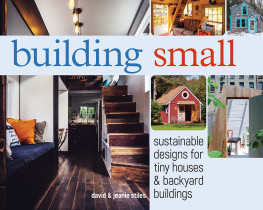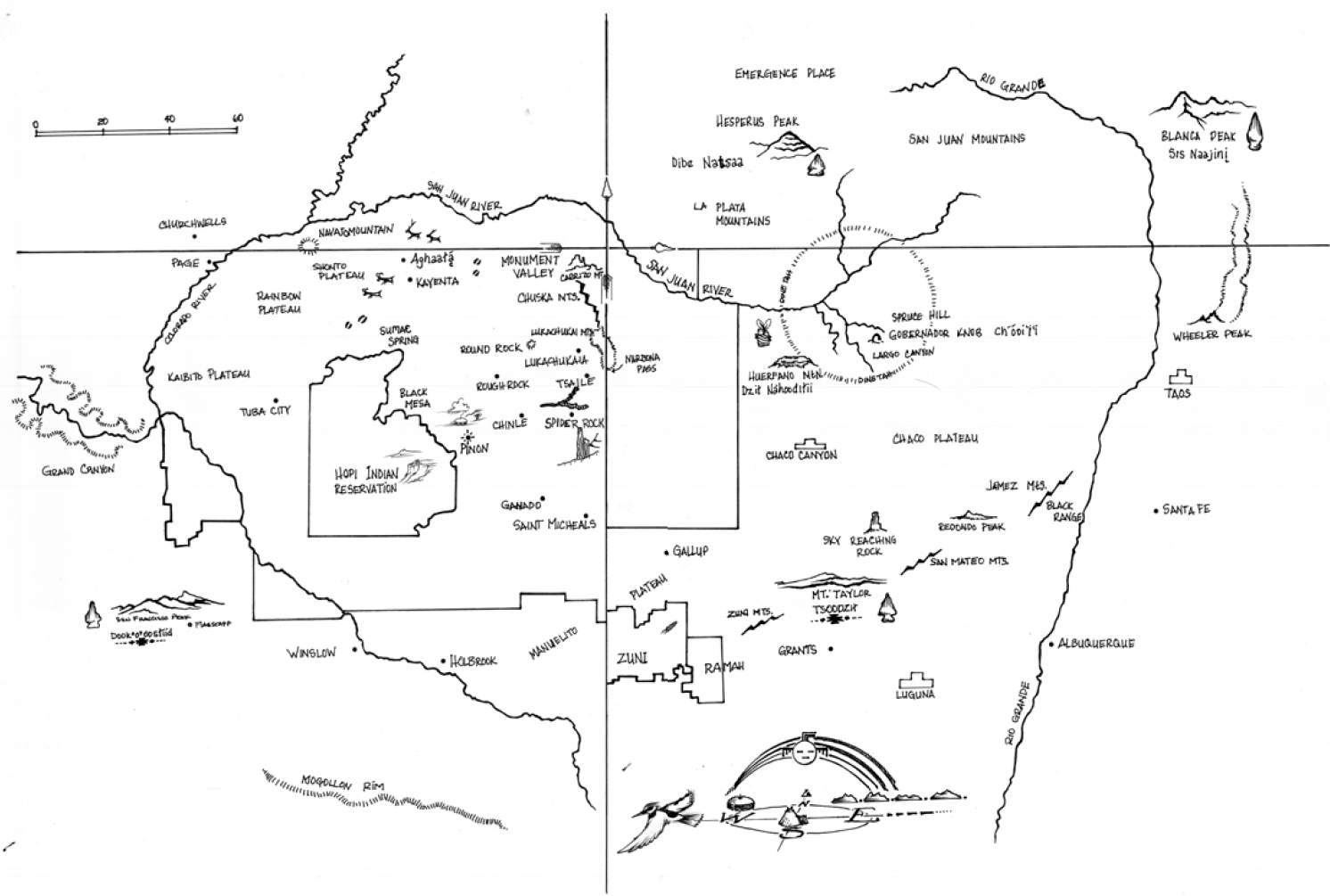
HOUSE GODS
Strawbale home-building site, south of Rio Grande del Norte
National Monument. Photo by Jim Kristofic.
HOUSE GODS
SUSTAINABLE BUILDINGS AND RENEGADE BUILDERS
JIM KRISTOFIC
UNIVERSITY OF NEW MEXICO PRESS | ALBUQUERQUE
2022 by Jim Kristofic
All rights reserved. Published 2022
Printed in the United States of America
ISBN 978-0-8263-6365-7 (cloth)
ISBN 978-0-8263-6366-4 (electronic)
Library of Congress Control Number: 2022932096
Founded in 1889, the University of New Mexico sits on the traditional homelands of the Pueblo of Sandia. The original peoples of New MexicoPueblo, Navajo, and Apachesince time immemorial have deep connections to the land and have made significant contributions to the broader community statewide. We honor the land itself and those who remain stewards of this land throughout the generations and also acknowledge our committed relationship to Indigenous peoples. We gratefully recognize our history.
Cover illustration: Navajo Hogan by J. R. Willis
Designed by Felicia Cedillos
Composed in Huronia Navajo
For my grandfather, Richard E. Thompson,
and the many builders before and after him.
Contents
Map of Din Bikyh, Navajo Country. Courtesy of Nolan Karras James.
Prologue | The Endangering Species
It is how we approach the door. At the door, we are not alone.
I grew up with Din (Navajo) people, and when you are in their country, there is the hoghan. In the old ways, the hoghan was not a house; it was the area where you lived. There was a shelter where you slept. That shelter became the traditional Navajo home: a hexagonal or octagonal log cabin with hogahn namaas bigheezh (adobe mud) placed between the logs and domed on the roof. The fire burns at the center and the smoke rises from the yhhoot (center hole). It is a place where women weave, where children read books or play their video games, where old men sing to the gods.
At the door of the hoghanor at any houselives Haashchhoghan. Calling God. House God.
See his face. His eyes like an owl. His face descends like an owl. His hair spills out like sagebrush. His collar splays out in spruce boughs. The eagle feathers rise behind his head. Haashchhoghan. House God. He is Strength. Wisdom. Good Health. Integrity. The thoughts that keep you away from that thingdrink, casinos, that illicit affairthat keeps you sleeping until noon.
In every hoghan there is an area of the door that faces east. Haashchhoghan is in that area in the dawn, when the stars still shine before the sun has risen. There are many beings standing around the door, like an army of good essence. Haashchhoghan is their leader. He is there, waiting in the door. You go to it. You move through it. You breath it in. You take in his essence. And that becomes your character. Your actions. You step through the door and you are made into something every day. Something that can live in your homeyour hoghanand on the Earth. Forever.
This book started when I went to work as a park ranger in my home country, Navajo countryDin Bikyh. I was there to tour visitors through an old trading post, to tell stories of men who had once enslaved each other, then learned to dig wells, cut stone, and raise roof beams together. They built new kinds of doorways into what they believed were better worlds.
Then those men died and the world moved on.
The small log-and-mud hoghans became processed slabs of gypsum wallboard screwed to wooden boards hewn in faraway forests. Wooden wagon wheels became rubber tires for automobiles. Horses became blocks of tunneled steel that channel explosions into the motion of the axle and the wheel. This new world ran on petroleum. And now the petroleum is running out.
There is a price for this kind of world. I understood something about it.
My grandfather was an engineer and logistics specialist for Chemical Waste Management in the late 1980s. He was on the team that traveled to Alaska in the spring of 1989 to clean up the Exxon Valdez oil spill. An oil tanker got in the wrong lane and ran aground on a reef near Bligh Island and washed over 10 million gallons of oil into Prince William Sound. It was Exxons fault. No one has ever doubted this. My grandfather was in Alaska for over a year, designing and building giant screws that would mix skimmed oil, beach sand, and cardboard into a sticky mass that could be safely trucked to landfills and buried.
He brought home photographs of sea otters entombed by oil, black blood coating their teeth. My grandmother said he shouldnt show me the pictures. My mom made him.
It was all part of a larger story.
People cutting down the rainforest at a rate of 150 acres every minute. They had a counter that recorded this at the local zoo.
People harpooning and gutting whales at a rate of ten thousand per year.
The sea otter. The bald eagle. The humpback whale.
So beautiful.
They died in their own blood. And in our oil. The horror.
And how could we help them? What does House God have to say? These animalsmany of whom are millions of years older than humansare what were called endangered species. Our teachers said we needed to protect these endangered species. They had us complete worksheets, word searches, crossword puzzles, and science projects on how to help endangered species.
But they never demanded we puzzle over the more important question: If all of these animalsmany of whose ancestors had survived the cataclysms of the ice ages and many of whom had used their bodies and minds for centuries to survive with no human helpwere being put in danger, what was putting them in danger? This is an important question.
The answer is simple: it was the endangering species.
It is you. It is me. It is us. Nobody likes to talk about this. And we cant redeem anything until we do. It is something with which we must contend.
What makes us an endangering species? So many answers.
House God knows one of them. Youre probably inside while reading this. Look around at the walls of the building you are in. Theres an answer.
It is our buildings.
We bring the incinerating flash of the megaton nuclear bombs weve forged across the planet. The bang. But the whimper of our destruction rises from the buildings we erect every year. House God knows this.
Of all the energy generated in America every year, buildings use 42 percent of it. We throw 72 percent of all electricity generated into buildings. In these buildings, Americans now use 125 percent more water than they did fifty years ago. Most people on Earth exist on three gallons of water per day, or fewer. Americans use that amount in one flush of the toilet.
Next page















